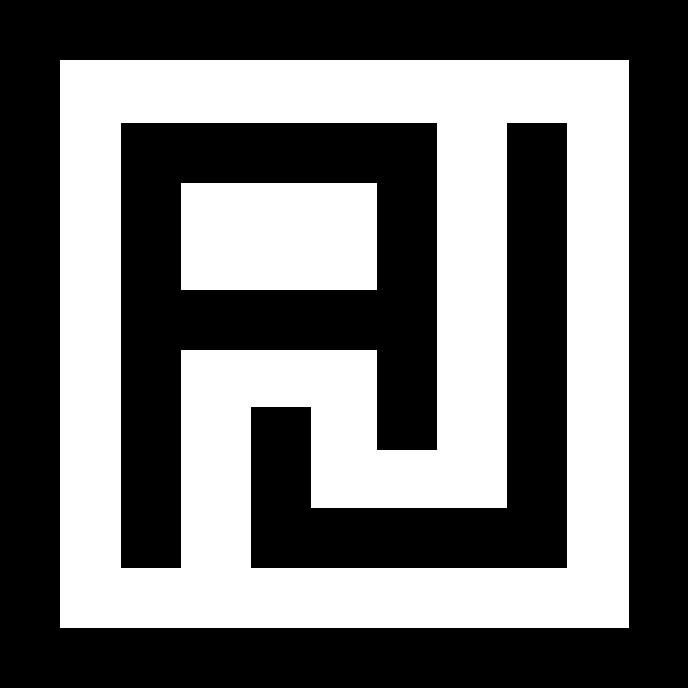We hear about routines seemingly every day. The perfect routine for this, that, and the other.
How to have the perfect morning routines. How to unwind with bedtime routines. How to maximize productivity routines.
All of this is well and good, but most important is having a routine at all. Routine allows you to minimize distraction. Routine allows you to make better decisions. Routine allows you to take each hour of the day and turn them into something meaningful. Sure, routine can feel boring after awhile, but it’s also the key to achievement. The common denominator of so many successful people, past, present, and future, is the presence of a routine.
Sure, routine can feel boring after awhile, but it’s also the key to achievement. The common denominator of so many successful people, past, present, and future, is the presence of a routine.
What gets lost in all the noise is that every persons routine is going to be different. Following the exact routine of Steve Jobs or Benjamin Franklin probably won’t work for you, like it did for them.
We can’t blindly follow so-called ideal routines. Those routines worked for that person because that’s how that person worked. I thoroughly enjoyed the book Daily Rituals by Mason Currey but I’m not going start writing while laying down like Truman Capote or work 12 straight hours like Nikola Tesla.
All of us have had different experiences in our lives that shape who we are and so it follows that we all respond to different routines.
What we need to do instead, is create our own routines that suit who we are and how we work. You can accomplish this in three simple steps.
1. Identify your current patterns
Observe how you operate on a daily basis. What are your good habits? What are your bad habits? What are your patterns?
What does a good day look like opposed to a bad one? What factors define those outcomes? Identify how you work already, as well as how effective or ineffective those practices are.
These are things as simple as if you’re a morning person or if you thrive after working out. Identify all the constants that are currently working for you.
2. Explore new routines that interest you
The next step is to explore the many routines and habits we hear about all the time. Look to books like Daily Rituals, listen to podcasts, read blogs, and find the recurring things among the masses.
Then of those options, explore what fits your behaviors and patterns best. Do you want to try meditation? What about ice baths? Or maybe just a daily walk?
These are all variables that will help you optimize the routine you’re currently using, but you won’t know what works until you try it. That brings us to step three.
3. Experiment and adjust
Finally, you need to experiment with these variables and see what works for you. Ideally you do this one at a time and keep track of the results.
Something as simple as a journal that assesses if that day was a success by your standard is enough. A great example is Benjamin Franklin’s approach to tracking his progress towards moral perfection.
Start by implementing a new habit into your routine and see how it impacts your day. Try to meditate for a week. Didn’t work? Try going for morning walks? Was that positive?
Using this iterative approach, you can start to figure out what works best for you. It’s an ongoing process and comes with a lot of trial and error, but over time you’ll fine tune your approach and master your behaviors for optimum results.
Routine, in an intelligent man, is a sign of ambition.W.H. Auden
I like to think of this process like solving an equation.
The constants are your natural tendencies, they are what makes you who you are. The variables are things that may or may not lead you to the answer.
When you find the perfect set of variables though, you are able to solve the equation and discover the right routine for your lifestyle.
More importantly, don’t believe that you need to follow any particular routine that you come across. It may have some interesting ideas worth exploring, but it’s probably not perfect for you.
Instead, make your own routine and solve for the equation.
